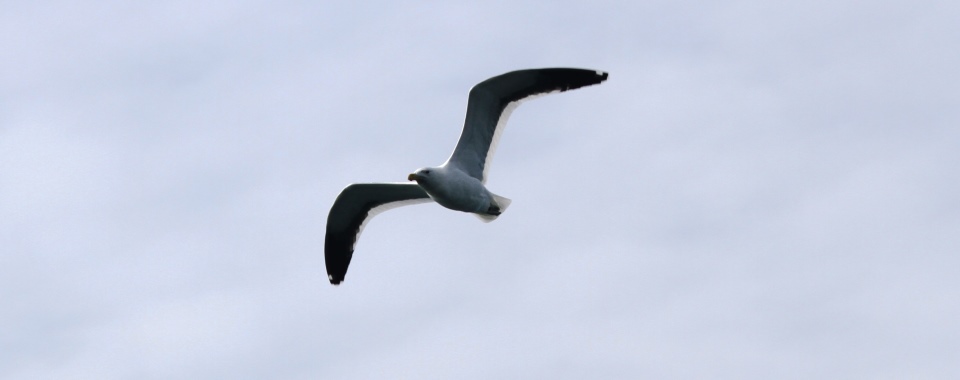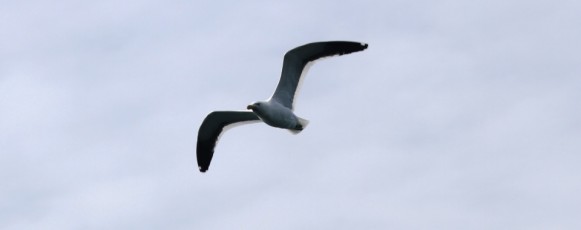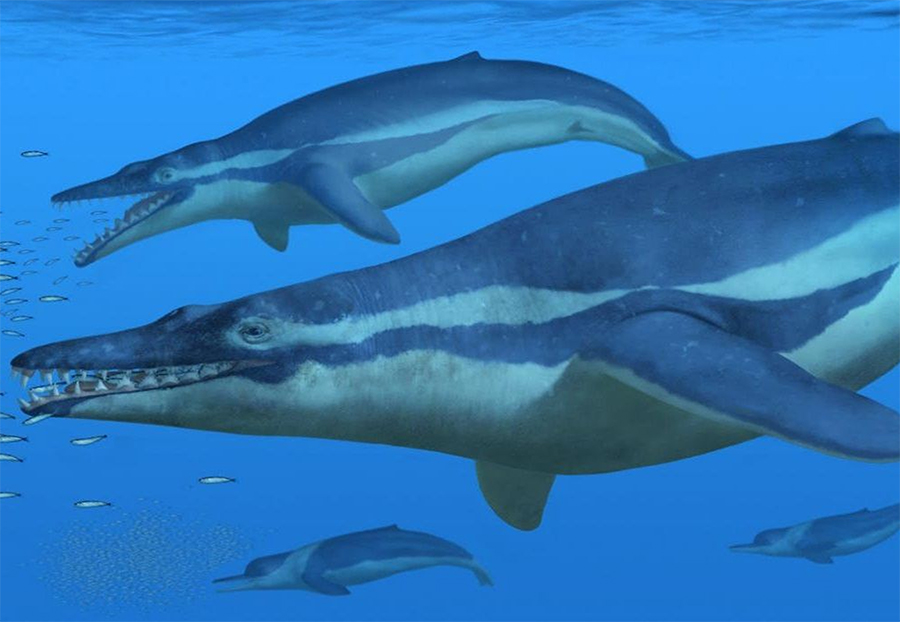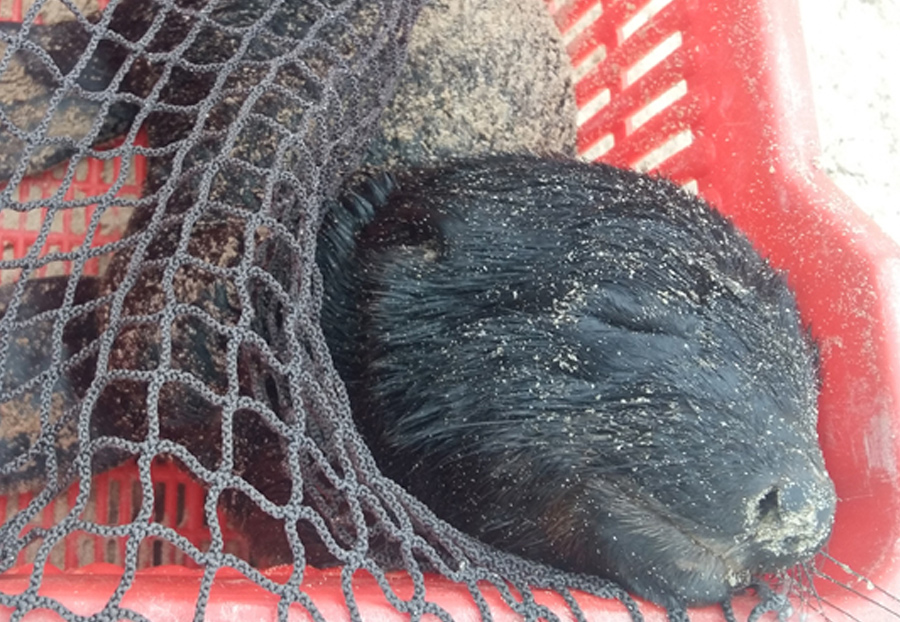Interesting facts on kelp gulls (Larus dominicanus).
Kelp gulls are predominantly white birds with a brownish/black wing slate, bright yellow beak with a red spot near the tip and their eyes are dark brown with an orange eye ring. They can grow to 65cm in height, 1kg in weight and have a wing span of 128-142cm.
Kelp gulls can be found along most of the southern hemisphere coastline, but are rarely seen further from shore than the continental self. The southern African population is concentrated along the coasts of Namibia and South Africa.
Kelp gulls are monogamous, territorial and usually breed in colonies, but nests can sometimes be found solitarily. Breeding kelp gulls are aggressive and defend their nest by dive bombing any intruder with their bill, feet or wings. The males mainly build their nest close to a rock, boulder or tuft of grass, twigs, kelp and shells. They lay 2-4 eggs between September and January (spring and summer) and these are incubated by both parents for 26-27 days. The chicks leave the nest a few hours after hatching and are dependent on both parents for 12 weeks but will continue begging for food up to 6 months of age. When they leave their parents territory they often migrate to west-central Namibia before returning to their natal territory after a year to find a mate and start breeding.
Kelp gulls are known for scavenging on rubbish dumps and discards from fishing boats, but some individuals do specialise in particular foraging techniques. They feed in open sea, lagoons, along rocky and sandy shores on mussels, snails, insects, crabs, frogs, fish and cuttlefish. Kelp gulls will also predate on other bird’s eggs and chicks e.g. other kelp gulls, African Penguin, cormorants and African black oystercatchers. Kelp gulls catch their food by plucking it from the ground (e.g. mussels), catching swimming crabs, plunge-diving to catch fish and kleptoparasite on other birds. Kelp gulls off Argentina have been observed attacking southern right whales at the surface, pecking at open wounds and picking off skin. This behaviour has been linked to a higher than normal mortality rate of right whales because they try to avoid gull attacks by surfacing less frequently.
Kelp gulls are classified by the International Union for the Conservation of Nature (IUCN) as least concern, but certain populations could be endangered due to rapid habitat loss at breeding sites. Their main predators are the Black eagle (Aquila verreauxii) and Great white pelican (Pelecanus onocrotalus), both of which predate on the chicks. The estimated population size of Kelp gulls 3.3 to 4.3 million individuals worldwide. Like most birds kelp gulls face several man made threats such as the ingestion of plastic debris, oil spills and entanglement in fishing gear.
Ref
– http://www.iucnredlist.org/details/22694329/0
– http://www.biodiversityexplorer.org/birds/laridae/larus_dominicanus.htm
– http://www.birdlife.org/datazone/speciesfactsheet.php?id=3221
– CRAWFORD R. J. M. DAVIS S. A. HARDING R. T. JACKSON L. F LESHORO T. M. MEŸER M. A. RANDALL R. M. UNDERHILL L. G. UPFOLD L. VAN DALSEN A. P. VAN DER MERWE E. WHITTINGTON P. A. WILLIAMS A. J. WOLFAARDT A. C. 2000 INITIAL IMPACT OF THE TREASURE OIL SPILL ON SEABIRDS OFF WESTERN SOUTH AFRICA S. Afr. J. mar. Sci. 22: 157–176
– Thomas P.P 1988 Kelp gulls, Lams dominicanus, are Parasites on Flesh of the Right Whale, Eubalaena australis Ethology 79, 89-103





